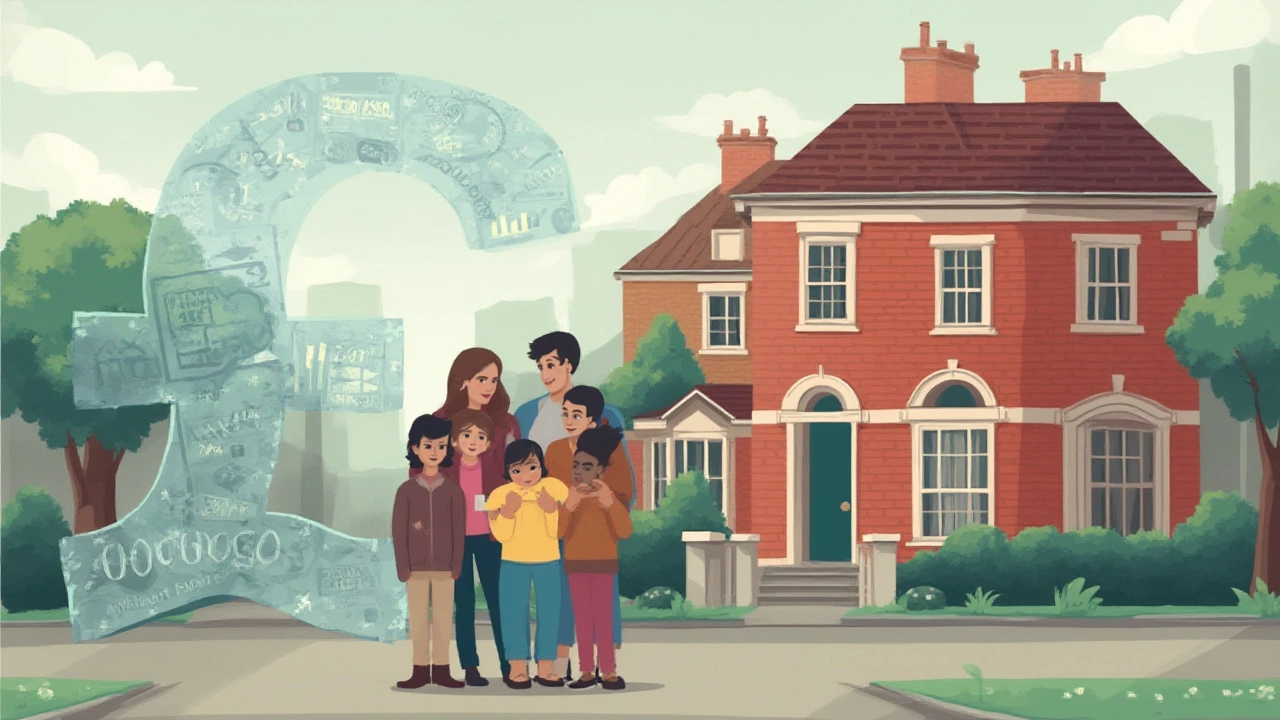Mortgage Rates 2025: What You Need to Know Before You Borrow
Thinking about buying a house or remortgaging? The first thing on most people’s minds is the mortgage rate. It’s the percentage you’ll pay on top of the loan amount, and even a small change can mean thousands of pounds over the life of the mortgage. In 2025 rates are moving with the Bank of England’s base rate, market competition, and your personal credit score. Below you’ll find the basics, the tools to compare offers, and a few insider tricks to get a lower rate.
How Mortgage Rates Are Set
UK lenders look at three main factors when they set a rate: the Bank of England’s base rate, the lender’s own funding costs, and the risk you bring to the table. If the base rate goes up, most mortgage rates follow – but not always at the same speed. Some banks offer “tracker” mortgages that move one‑for‑one with the base rate, while others lock you in with a fixed rate for two, three, or five years.
Your credit score is another big piece of the puzzle. A higher score shows you’re a lower risk, and lenders will usually reward you with a better rate. If you’re not sure where you stand, check your score now and work on any issues before you apply. Even a 10‑point jump can shave a few tenths off the APR.
Practical Tips to Get the Best Rate
1. Shop around, don’t settle for the first offer. Use comparison sites, talk to mortgage brokers, and get quotes directly from banks. A difference of 0.15% may look tiny, but on a £200,000 loan that’s £300 a month saved.
2. Consider the loan‑to‑value (LTV) ratio. The smaller the LTV, the less risk you pose. If you can put down a larger deposit, you’ll likely qualify for a lower rate.
3. Lock in a rate at the right time. If the market looks stable, a fixed‑rate deal can protect you from future hikes. If rates are expected to drop, a tracker or variable deal may be cheaper.
4. Watch out for extra fees. Arrangement fees, valuation costs, and early‑repayment penalties can offset a low interest rate. Always calculate the total cost of the mortgage, not just the percentage.
5. Keep your credit healthy. Pay down existing debts, avoid new credit applications, and correct any errors on your credit report. A clean credit file gives you leverage when you negotiate.
Lastly, remember that mortgage rates are just one part of the picture. Your overall financial plan, future income stability, and long‑term goals should guide the choice. If you’re unsure, a qualified financial adviser can help you weigh all the pieces together.
Ready to start? Grab your latest credit score, list your deposit amount, and begin comparing rates today. The right mortgage can save you thousands and set you up for a smoother financial future.
What Are the Real Costs of a $100,000 30-Year Mortgage at 7 Percent Interest?

Wondering what a $100,000 mortgage over 30 years at 7% really adds up to? Get the numbers, breakdowns, payment tips, and smart money hacks right here.
Read More >>Remortgaging Benefits Explained: Unlock Savings & Lower Rates

Discover why remortgaging could save you big. Learn about lower rates, flexible deals, reducing monthly payments, and boosting your finances.
Read More >>